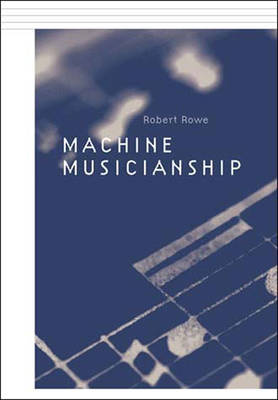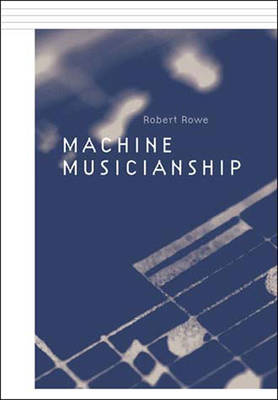
- Afhalen na 1 uur in een winkel met voorraad
- Gratis thuislevering in België vanaf € 30
- Ruim aanbod met 7 miljoen producten
- Afhalen na 1 uur in een winkel met voorraad
- Gratis thuislevering in België vanaf € 30
- Ruim aanbod met 7 miljoen producten
Zoeken
Omschrijving
Musicians begin formal training by acquiring a body of musical concepts commonly known as musicianship. These concepts underlie the musical skills of listening, performance, and composition. Like humans, computer music programs can benefit from a systematic foundation of musical knowledge. This book explores the technology of implementing musical processes such as segmentation, pattern processing, and interactive improvisation in computer programs. It shows how the resulting applications can be used to accomplish tasks ranging from the solution of simple musical problems to the live performance of interactive compositions and the design of musically responsive installations and Web sites. Machine Musicianship is both a programming tutorial and an exploration of the foundational concepts of musical analysis, performance, and composition. The theoretical foundations are derived from the fields of music theory, computer music, music cognition, and artificial intelligence. The book will be of interest to practitioners of those fields, as well as to performers and composers.The concepts are programmed using C++ and Max. The accompanying CD-ROM includes working versions of the examples, as well as source code and a hypertext document showing how the code leads to the program's musical functionality.
Specificaties
Betrokkenen
- Auteur(s):
- Uitgeverij:
Inhoud
- Aantal bladzijden:
- 411
- Taal:
- Engels
- Reeks:
Eigenschappen
- Productcode (EAN):
- 9780262681490
- Verschijningsdatum:
- 30/01/2004
- Uitvoering:
- Paperback
- Formaat:
- Trade paperback (VS)
- Afmetingen:
- 143 mm x 218 mm
- Gewicht:
- 630 g

Alleen bij Standaard Boekhandel
+ 102 punten op je klantenkaart van Standaard Boekhandel
Beoordelingen
We publiceren alleen reviews die voldoen aan de voorwaarden voor reviews. Bekijk onze voorwaarden voor reviews.











